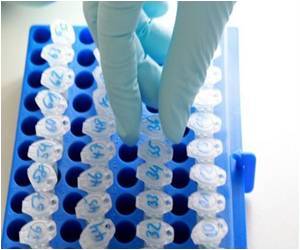Scientists have discovered that animal cells can communicate with one another by making physical contact in a study that can turn the hitherto accepted model of animal cell communication upside down.

Working with living tissue from fruit flies, Kornberg and his team demonstrated that cells send out long, thin tubes of cytoplasm called cytonemes which can extend across the length of 50 or 100 cells before touching the cells they are targeting.
The point of contact between a cytoneme and its target cell acts as a communications bridge between the two cells.
"It's long been known that neurons communicate in a similar way - by transferring signals at points of contact called synapses, and transmitting the response over long distances in long tubes called axons," said Kornberg.
"However, it's always been thought that this mode of signalling was unique to neurons. We have now shown that many types of animal cells have the same ability to reach out and synapse with one another in order to communicate," he added in the study published in the journal "Science".
Working with cells in the fruit fly wing that produce and send the signalling protein Decapentaplegic (Dpp), Kornberg and his team showed that Dpp transfers between cells at the sites where cytonemes form a connection, and that cytonemes are the conduits that move Dpp from cell to cell.
Advertisement
"In the mutants, the signals that are normally taken up by target cells are not taken up, and signalling is prevented," said Kornberg. "This demonstrates that physical contact is required for signal transfer, signal uptake and signalling."
Advertisement
Source-IANS









